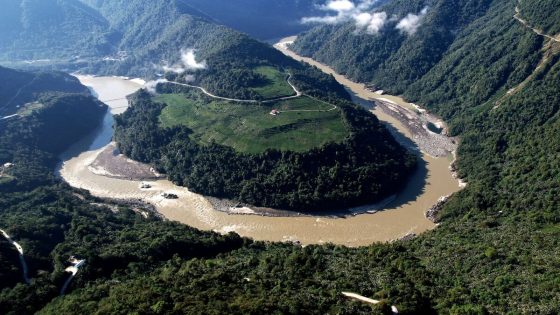China’s ambitious hydropower project, a 1.2 trillion yuan ($167 billion) mega-dam in Tibet, is set to reshape the region’s energy landscape. Launched on July 21, 2025, by Premier Li Qiang, this initiative aims to significantly boost clean power while raising concerns about biodiversity and international relations, particularly with India.
- Massive economic stimulus from mega-dam
- Boost to clean power initiatives
- Concerns over biodiversity impact
- Project larger than Three Gorges Dam
- New company for dam management
- Construction launched by Premier Li Qiang
The dam, which is three times larger than the famed Three Gorges Dam, will harness the Yarlung Tsangpo river’s potential. The newly formed China Yajiang Group will oversee its development, according to the official Xinhua News Agency. But will the economic benefits outweigh the environmental costs?
This monumental project has sparked debate over its implications. Can economic growth justify potential ecological harm? As nations grapple with climate change, the balance between development and conservation becomes increasingly crucial.
- China aims for energy independence and economic growth.
- Concerns about biodiversity and regional stability persist.
- International relations, especially with India, may be strained.
As the world watches, the outcomes of this project will likely influence global energy strategies and environmental considerations. Will China lead the way in sustainable development, or will it face backlash for prioritizing growth over nature?

































